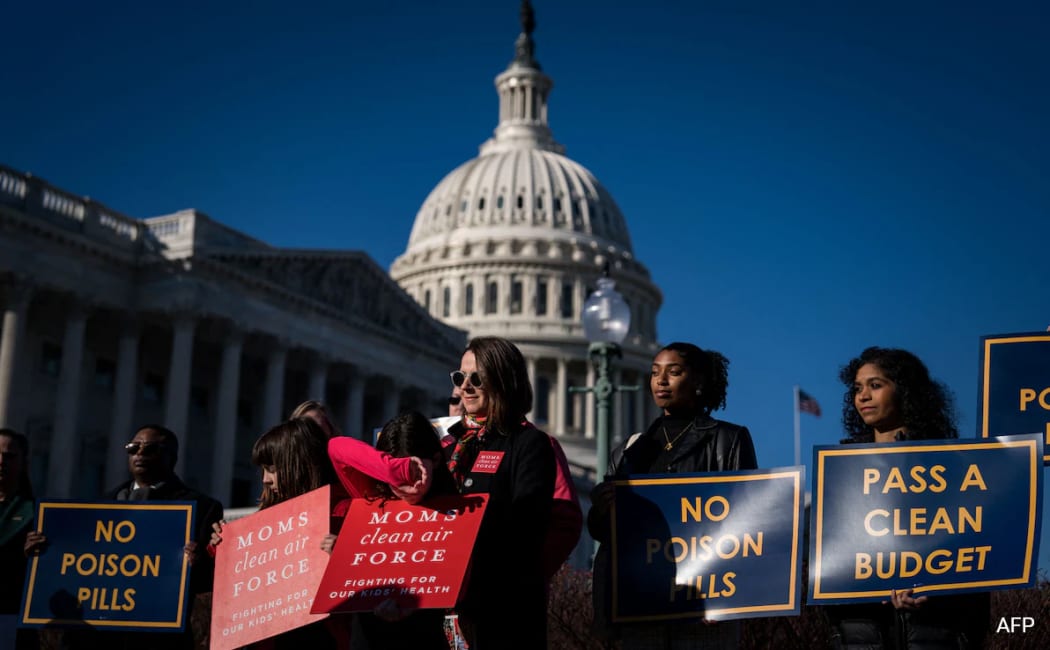NASA Halts Operations: 15,000 Employees Furloughed Amid U.S. Government Shutdown

More than 15,000 NASA employees have been ordered to stay home after the U.S. government shutdown officially began. This marks one of the largest disruptions in recent years for the National Aeronautics and Space Administration, as Congress failed to pass a budget funding bill before the deadline.
According to NASA’s updated shutdown plan, only a fraction of its 18,000+ civil servants are continuing their work. Around 3,100 staff remain “excepted,” focusing solely on critical missions such as astronaut safety aboard the International Space Station (ISS), the operation of Earth-monitoring satellites, and preparations for the Artemis program.
Impact of the Shutdown on NASA Operations
The shutdown forces NASA to suspend most science programs, public activities, and long-term research projects. Visitor centers, NASA TV, and official social media updates have gone dark, limiting public engagement. Contractors are also left in a difficult situation, as many programs require NASA oversight to continue.
Federal law guarantees that furloughed employees will eventually receive back pay, but the timing is uncertain. With thousands sent home, NASA is essentially operating in a holding pattern until Congress resolves the funding crisis.
Focus on Artemis 2 and the Race to the Moon
Despite the shutdown, one major priority is being protected: the Artemis 2 mission. This ambitious project, scheduled for February 2026, will send a crew of four astronauts around the Moon — the first such journey since the Apollo era. NASA officials confirmed that Artemis activities are exempt from furloughs, reflecting the mission’s importance both scientifically and geopolitically.
The United States faces growing competition from China’s lunar program. Lawmakers fear that delays in Artemis could hand China a symbolic and strategic victory in the modern space race. Therefore, the Artemis timeline remains a top White House priority, with exemptions allowing full continuation of its operations despite the shutdown.
ISS and Critical Missions Continue
While most NASA employees are sidelined, astronaut safety remains a non-negotiable priority. The International Space Station continues to be staffed and supported by mission control teams, ensuring life-support systems, communications, and experiments remain unaffected. Earth-observing satellites, vital for weather forecasts and disaster monitoring, also continue operating during the shutdown.
Contractors and Research on Hold
Contractors with pre-funded projects may continue working temporarily, but many are expected to face delays without NASA’s direct supervision. This will likely stall technology development, planetary science, and research grants — slowing down progress across a broad spectrum of space exploration efforts.
Political Implications and Budget Priorities
Space policy experts have pointed out that NASA’s revised shutdown guidance gives priority to presidential initiatives. This means carryover funds from the previous fiscal year may be redirected to projects favored by the White House, sparking debates about whether science and exploration are being overshadowed by political agendas.
The shutdown underscores the vulnerability of America’s space program to political gridlock. While essential missions will continue, much of NASA’s groundbreaking research is now paused, threatening timelines for innovation and exploration.
Conclusion
The 2025 NASA shutdown is more than just a bureaucratic pause — it’s a significant setback for America’s space leadership. With 15,000 employees furloughed, key science projects halted, and global competitors advancing rapidly, the pressure on Congress to resolve the funding deadlock has never been greater. Until then, NASA’s ambitions — from the Moon to Mars — remain at risk of delay.
